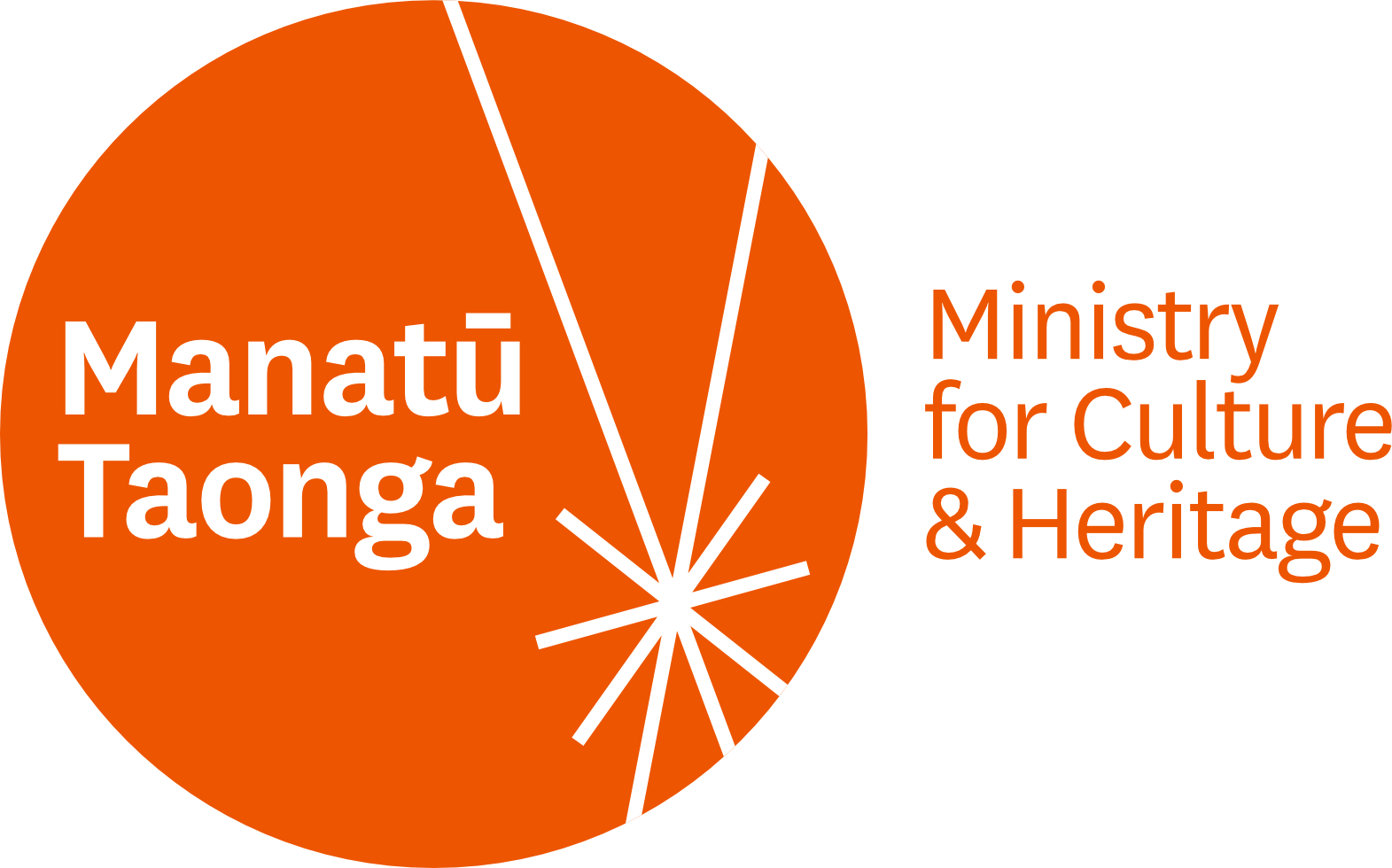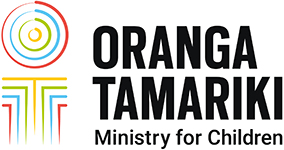Programme a window into te ao Māori
25 September 2012
The confidence of the Department of Corrections in Waihopai Runaka in Invercargill is what inspires one of Ngai Tahu’s southern-most runaka to continue to assess and deliver effective tikanga cultural arts programmes. This is the thinking of Phil Ngeru (Ngati Ruanui ki South Taranaki ), Area Advisor Maori for the Department of Corrections in Invercargill.
The greatest benefit to the men, Phil says, is providing the best window into te ao Māori – Māori life and values. A key outcome is “identity, which strengthens these men”.
Tikanga Maori cultural arts programmes, supporting the rehabilitation and reintegration of prisoners both within Invercargill Prison and in the community, have been delivered on Murihiku Marae since 2005. Odele Stehlin, General Manager at Waihopai Runaka, is a strong advocate of the programmes.
Odele Stehlin, General Manager at Waihopai Runaka, is a strong advocate of the programmes.
“Locals are adamant that the first-ever tikanga Māori programmes delivered to prisoners were started here in Invercargill,” she says.
Former school teacher Philomena Shelford (Pahauwera, Kahungunu, Taranaki, Nga Puhi) is employed by Waihopai Runaka as the programme’s co-facilitator based at its centre, Murihiku Marae, in Tramway Road in Invercargill.
She says that the two tikanga programmes – one inside the prison and the reintegration programme on the marae – are delivered to approximately 40 to 60 tane, with ages ranging from 17 years to late 40s.
Forming a strong roopu
Supporting the programme are four to eight kuia and kaumātua from Murihiku Marae, who attend the marae-noho programme run inside the prison. “The prison becomes the marae, where prisoners moderate their behaviour and learn to engage and to exchange in tikanga Māori, and this is the basis of forming a strong roopu,” Philomena says.
“They get a better sense of and respect for their role as pakeke and begin to open up. But the quiet times at night are the time when the real talking is done. Once they can begin to trust and talk about these things, there’s usually a greater ability to engage with visual arts as a tool to reflect on the korero.”
The programme has been developed alongside the Department’s Prison Release Programme Team, who know the men with whom the runaka works in the prison. If these men are released on probation into the Invercargill area within 12 weeks of the next tikanga reintegration programme, they are able to take part.
The community’s kuia/whaea (mothers) play a key role in the programme, providing mana wahine to the programme. All marae have “nannies” and the programme needs the nannies” to remind us why we are here, Philomena says.
Their lives going forward
“The men are required to understand why they are in the programme, and who they are within the context of their whakapapa, histories, their families and their lives going forward.
“Our kaupapa is to encourage understanding about the principles of mana whenua and tangata tiaki. We go through all of this to help bring these men back to the community.”
Māori communities, hapu and iwi play an intregral role in helping to reduce re-offending, says Angelia Ria, Manager Maori Relationships, Corrections Services Southern.
“Tikanga programmes are delivered as part of a rehabilitative suite but they also present great links for reintegration,” Angelia says. “Offenders link to supportive communities that can help them face the challenges of remaining offence-free when they’re released.
"In turn, they can improve a community’s economic wellbeing by using the skills and training they receive to enter the workforce. For some offenders, art can be a viable career.”




